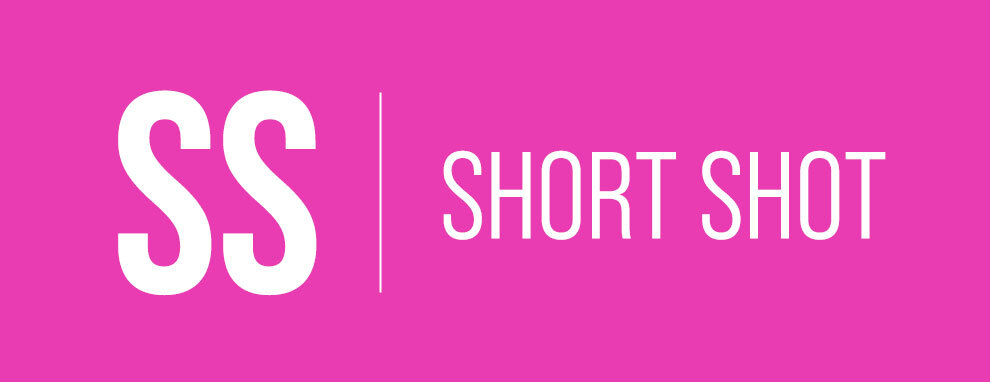A Simple Simple Short Shot
2016 Digital Advertising Trends. Hint: Social Media Marketing!
How we saw the last year of online marketing and digital strategy.
From the rule of Snapchat filters to the ALS ice bucket challenge – 2016 was a very exciting year for the digital age and social media. In the realm of digital advertising, we saw radical changes in 2016 that enhanced the ability to target online and social advertising. These improvements have led to better, more personalized digital media – allowing advertisers to cater ads to each individual user. Video became an intrinsic part of online life – particularly on social media. We have chosen some changes in digital advertising on our favourite platforms.
Facebook reporting and local insights for business pages
Improved Facebook reporting stats and local insights for business pages let advertisers see how users interact with their ads, their organic profiles, and the Facebook platform. Facebook added enhanced advertising objectives in 2016 – each objective accomplishes specific goals like Facebook page like generation, brand awareness and driving users to your website. These objectives create hyper-targeted goals for each campaign, connecting with users most likely to help achieve ad buy goals. Local insights for Business Pages have greatly opened up customer demographics – we can see exactly which users are close to a location or who engages with particular media. These tools assist us to make better decisions about our ads, always keeping our ideal customer in mind. Although Facebook has been the leader in demographic and interest targeting, other social media platforms will not be far behind.
Instagram advertising and business profiles for brands
Instagram became a more viable advertising platform with their addition of real insights on each post. We’re able to better launch, monitor and report on Instagram ads, and allows us to tailor ads specifically to our target audience. Facebook (the parent company of Instagram) shares it’s hyper-targeting algorithms to deliver ads to the best users possible, giving us a strong rate of impressions and a cost effective method of brand awareness, especially on mobile as that’s the primary device for users on Instagram.
Google’s enhanced device targeting and retargeting
Google released enhanced device targeting and improved geotargeting which hones in on audiences within a 1 km radius around a certain location. Mobile only campaigns gives us the ability to create digital campaigns specifically for people who are searching for, or are in the area of, our clients. Google’s improved remarketing lists boost client retention, but users privacy settings often create an unknown demographic. However, with the majority of websites affiliated with Google we reach a wider relevant audience with specific related content.
Videos on social media
Video usage on social media – in particular Instagram – has increased. In fact, according to one study, 63% of businesses are using video in their marketing strategy and projects that 99% of those businesses will continue to use video in 2017. Currently, the cost for impressions, engagement and clicks on videos cost a little bit more than on images, however we expect that to change in the coming year. In a platform-to-platform comparison, videos have better results on Instagram than they do on Facebook, due to the format of the social media.
IN 2017, ONLINE ADVERTISING WILL EXCEED BROADCAST ADVERTISING – MORE AD DOLLARS WILL BE SPENT ON DIGITAL ADS THAN ON TELEVISION.
How was this impacted 2017 so far?
Mobile advertising takes over
We project 2017 to be the year of mobile advertising! With more users than ever accessing the internet on phones and tablets, and the majority of searches taking place on mobile. Specific advertising on those devices increase reach, and will continue to push the specificity of targeting – allowing advertisers to take control of who they are advertising to even more – which means finding customers when they’re trying to find you.
Mid-roll advertising
Instagram released stories in 2016, in direct competition to Snapchat, giving advertisers another outlet for live streaming and temporary video; while Facebook Live Video was used heavily by news organizations throughout the American presidential election, bringing Facebook Live into the forefront of that platform. All three social platforms are discussing or rolling out mid-stream advertising. Currently Snapchat is testing several advertisers with Between Stories commercials – commercials that run (unsurprisingly) between stories. It’s not too much to think that Instagram and Facebook will offer the same option in 2017.
What do you think will be the biggest trend in 2017? Share your predictions with us on Facebook, Twitter or Instagram!


